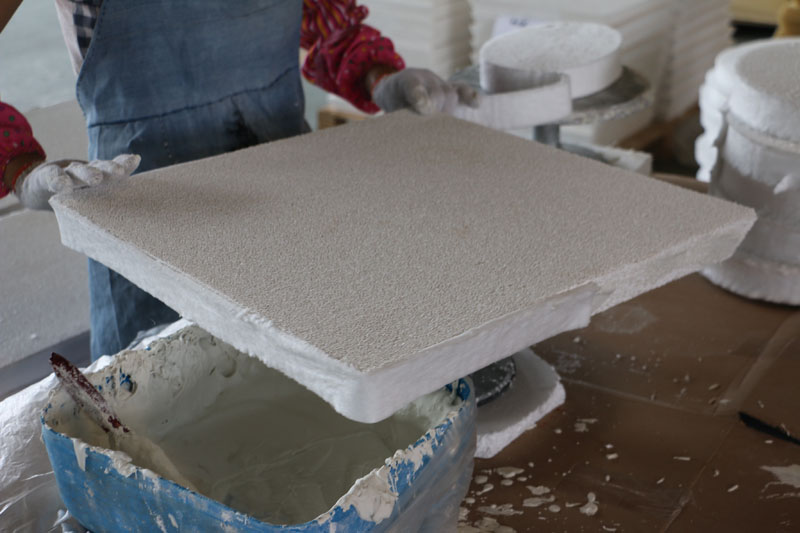
17 6月 Nepal China Foundry Filter
Nepal China Foundry Filter prevents inclusions in molten metal from entering the casting platform and eliminates inclusion defects. In recent years, with the rapid development of automobile manufacturers, the output of automobile castings has increased year by year. People pay more and more attention to the role of ceramic foam filters, and their usage is increasing year by year.
The foam ceramic filter is used in the production of automobile castings, and the casting process is convenient and the cost is low. This is an effective, feasible and simple method to improve the quality of castings. The ceramic foam filter has little resistance to molten metal and has a strong filtering effect on impurities in the molten metal.
Nepal China Foundry Filter is used to filter molten aluminium impurities with low price and high quality, which can improve the quality of castings, reduce the scrap rate, obtain a smoother casting surface, and improve the mechanical properties of the castings.

There are three types of filters commonly used in foundry production
Glass fiber filter: It is made of high temperature resistant glass fiber and resin, which can filter out inclusions larger than the mesh. The effect is average, the price is cheap, and the manufacturing process is simple.
Straight hole ceramic filter: It is pressed or extruded from ceramic material, the filtering effect is worse than fiber filter, but not as good as foam ceramic filter.
Foam ceramic filter: came out in 1978. It was first used in non-ferrous alloys. Since 1985, it has been used for cast aluminum and cast steel. The production process is based on foamed plastic as the skeleton, coated with ceramic slurry, and fired at high temperature. Has a good filtering effect.
The filtering effect of the foam ceramic filter benefits from its comprehensive effect
Mechanical filtration: Inclusions larger than the filter screen are blocked.
Filter cake function: During the flow of aluminum water, larger inclusions are continuously blocked and accumulate. At the same time, the channels through which the molten metal flows are gradually reduced, blocking smaller inclusions.
Adsorption: Inclusions have a greater affinity with ceramic materials. In the complex filter channel of the filter, the molten metal has a larger contact area with the filter, and the inclusions are easily adsorbed on the channel wall.
Rectification effect: During pouring, after the high-speed flowing molten metal passes through the filter tank, the flow rate decreases, and the turbulent flow tends to laminar flow, reducing the splashing of the molten metal and reducing the generation of oxidized slag; allowing sufficient time for impurities to float and stay in the filter In the box.


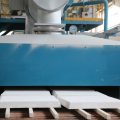
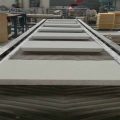
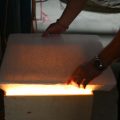
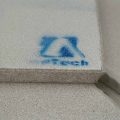
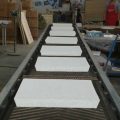
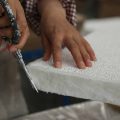
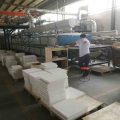
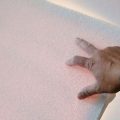
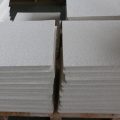
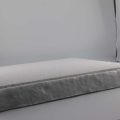
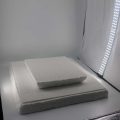
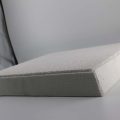

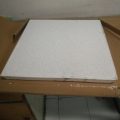
No Comments